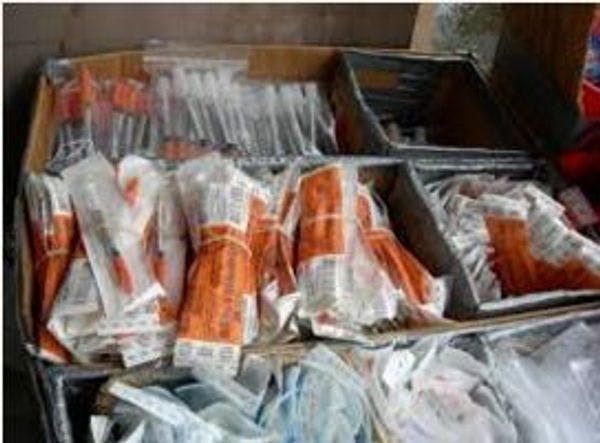Exchange Supplies
El abuso sistemático de las mujeres que usan opiáceos en India
A pesar de ser más vulnerables al VIH y la violencia, las estadísticas y servicios nacionales las ignoran. Más información, en inglés, está disponible abajo.
Despite India having the largest number of heroin users in Asia according to the UN, the number of women that make up these figures is unknown. The lack of a gender breakdown, along with India’s prevailing gender stereotypes, allows for a presumption that smoking or injecting chitta, brown sugar, or number four, is largely a male pursuit.
Women who use drugs are more likely to experience violence than those who do not - two to three times more likely. HIV prevalence among people who inject drugs is 6.3% according to HIV sentinel surveillance data of National AIDS Control organisation 2016-2017, compared to the overall national rate of 0.2% for adults, and the risk of HIV increases further for women when both drug use and violence are present. In the country assessed to be the most dangerous place to be a woman, and where 63 million women and girls are ‘missing’, drug use is compounding the normative risks.
Benefits of a harm reduction approach (versus unrealistically trying to stamp out drugs) are globally recognised, including by the Government of India which does invest in services and centres. However, while these aren’t deliberately male-only sites, women struggle to get through the door.
“If she can get away from the house without being questioned or accompanied, and she can get across to the building without neighbours seeing, and she can pass through the crowd of guys in the doorway, she then has to sit in an intimidating male environment until she is seen,” says Pemu Bhutia, Senior Technical Officer at Alliance India.
